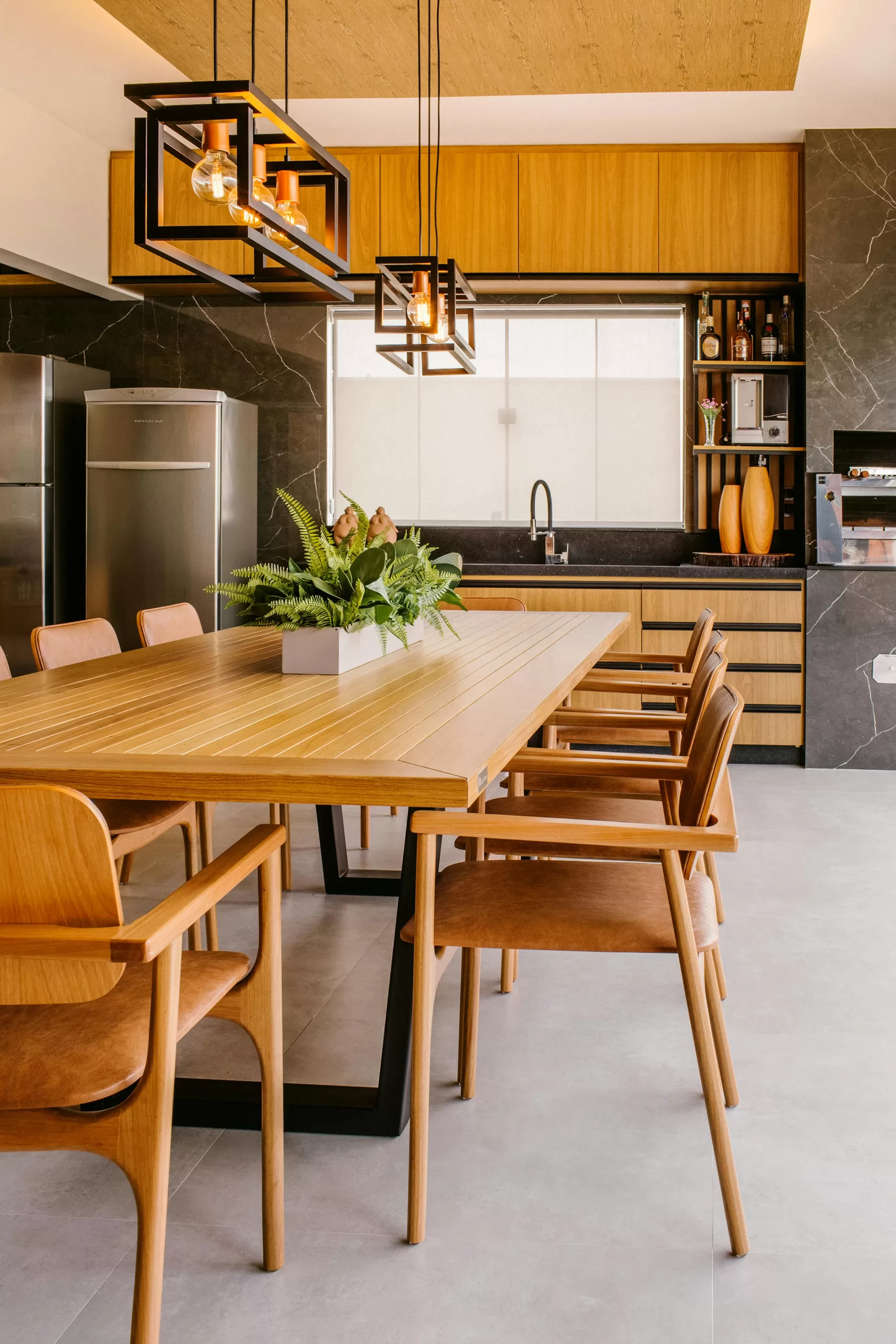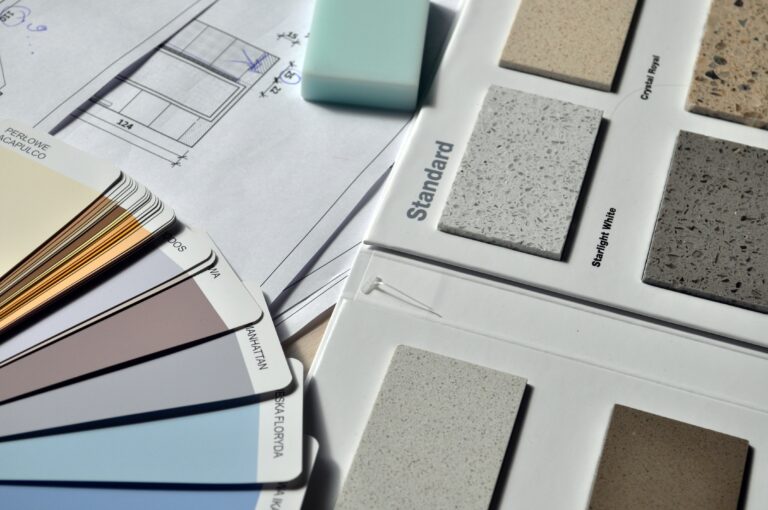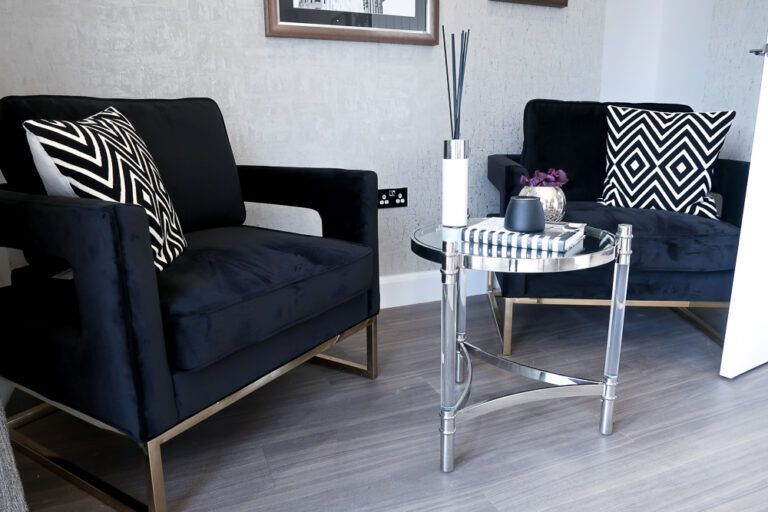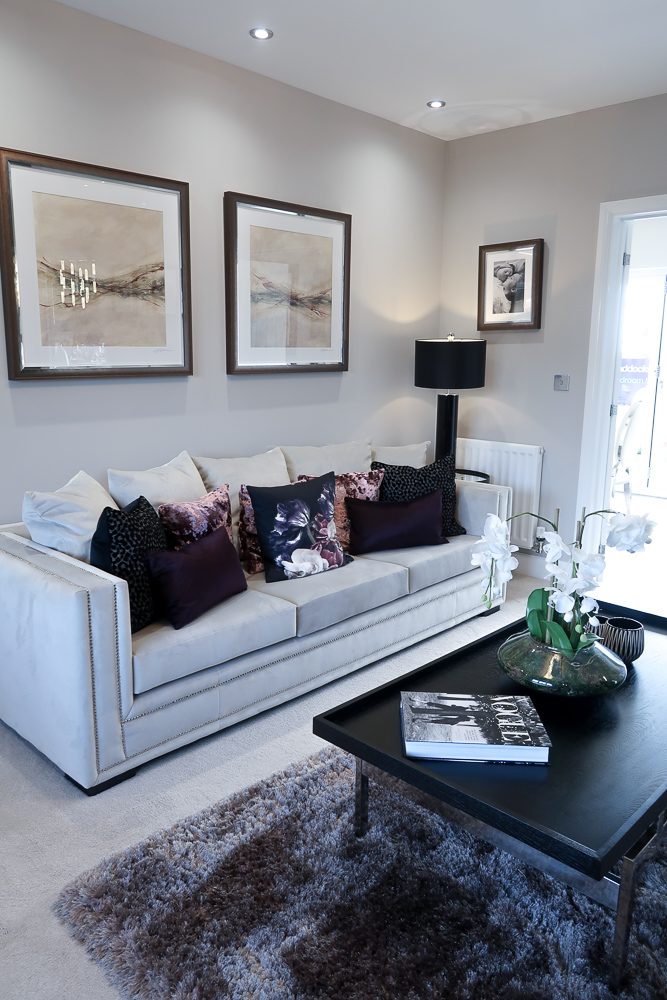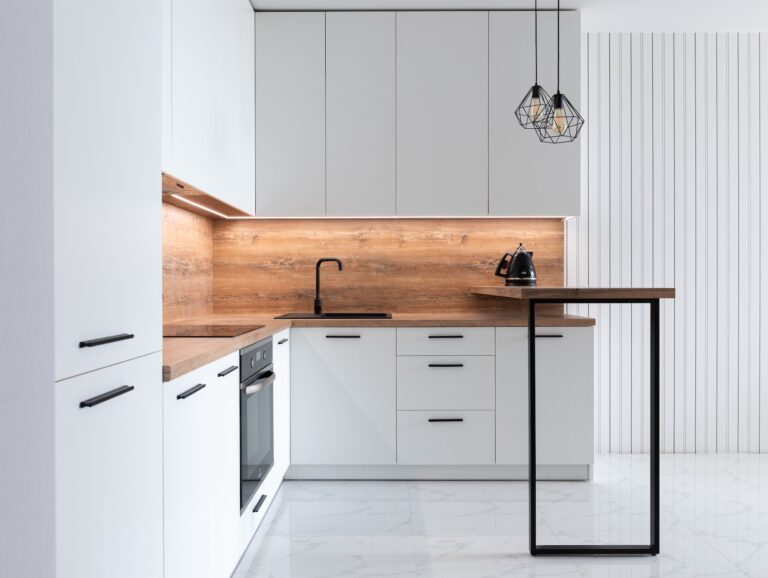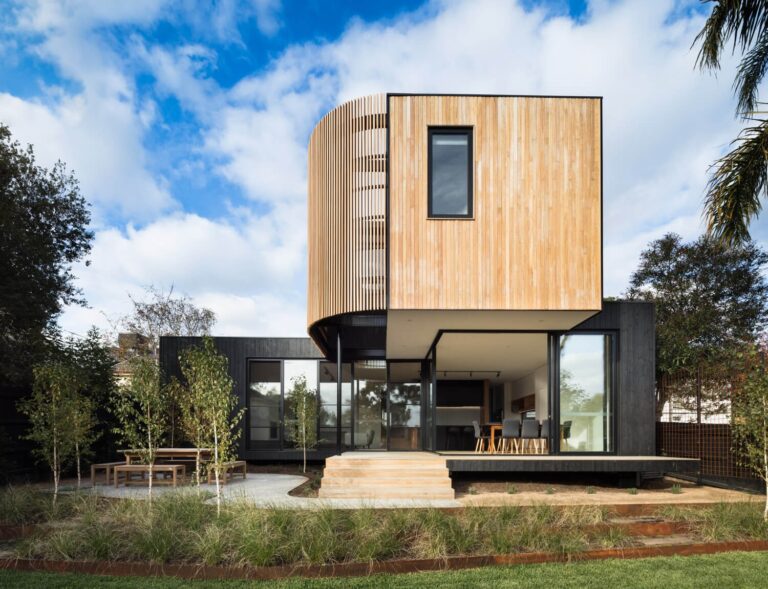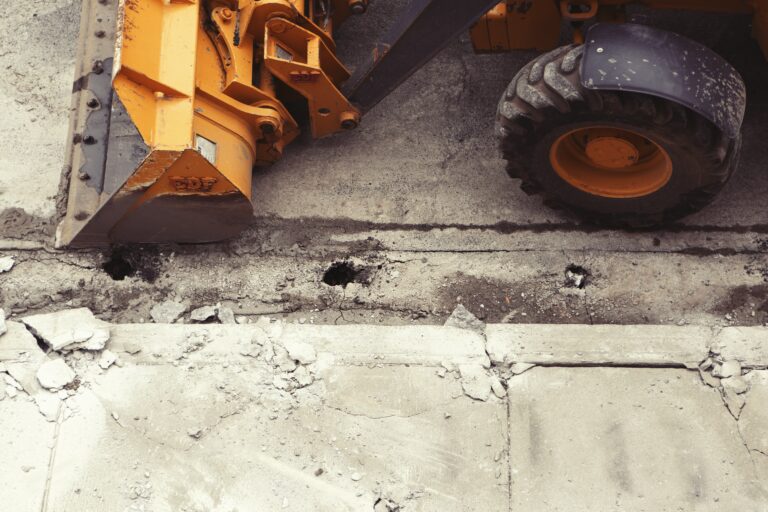10 Essentials For Choosing A New Kitchen
Choosing a new kitchen is an exciting but often overwhelming task. It’s one of the most important rooms in your home, serving as a hub for cooking, socialising, and even working. Selecting the right kitchen design, materials, and layout can elevate your space’s functionality and aesthetic appeal while adding value to your home. Here’s everything you need to know about choosing a new kitchen, from planning and budgeting to picking the best materials and layout.
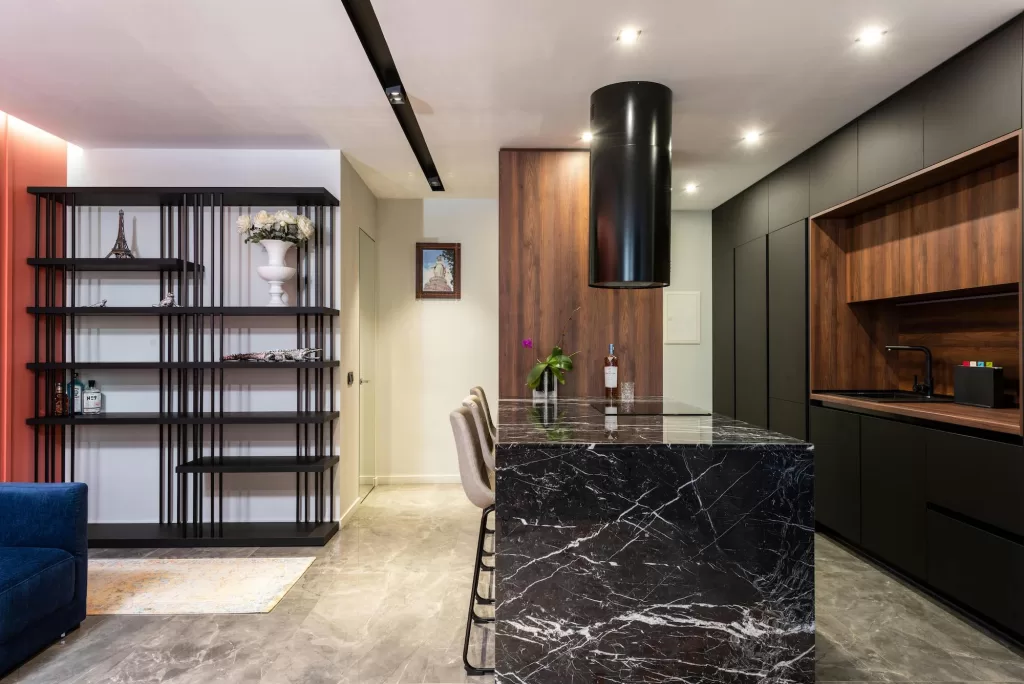
10 Essentials For Choosing A New Kitchen
1. Set a Budget
Before diving into designs and materials, setting a realistic budget for your new kitchen is essential. Kitchen renovations can vary widely in cost, depending on the quality of materials, finishes, and appliances. Decide on your maximum budget, and factor in around 10-15% extra for any unexpected expenses that might arise during the project.
Break down the budget to allocate funds for cabinets, worktops, flooring, lighting, appliances, and installation. Doing so will help you identify areas where you might splurge and areas where you can save.
2. Consider Your Kitchen’s Purpose
Think about how you use your kitchen and what’s most important to you. For example, is it primarily a cooking space, or is it also where you socialise with family and friends? If you entertain often, you may want an open plan layout with an island or breakfast bar. Alternatively, if you’re a passionate cook, you’ll want high quality appliances and ample counter space.
Make a list of must haves and nice to haves to help you stay focused on your priorities as you make design decisions.
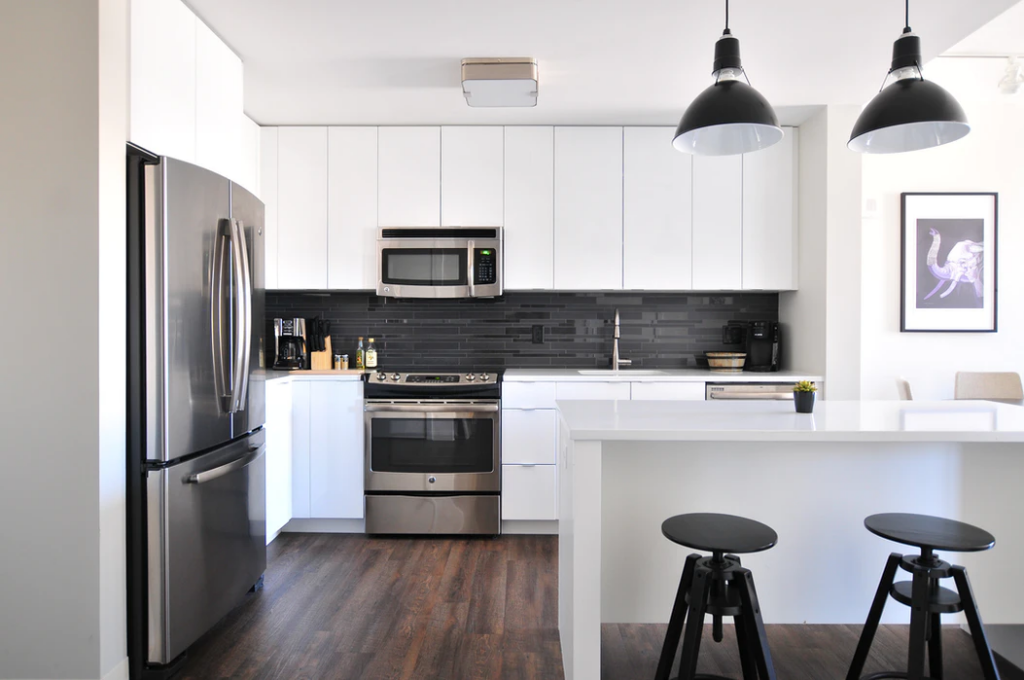
3. Choose a Kitchen Layout
The layout is the foundation of any kitchen design. Your options will largely depend on the size and shape of your space, but common kitchen layouts include:
- Galley Kitchen – Ideal for smaller spaces, this layout features two parallel walls of cabinets and worktops. It maximises space and can be very efficient.
- L Shaped Kitchen – Utilises two adjacent walls, providing a spacious corner for cabinetry and worktops. It’s versatile and works well in both small and large spaces.
- U Shaped Kitchen – Surrounds you with work surfaces on three sides, creating a functional workspace ideal for larger kitchens. This layout offers plenty of storage but can feel enclosed.
- Island Kitchen – Adds an island to any of the above layouts, providing extra storage, prep space, or seating. Islands work best in larger kitchens, but a smaller, slimline island may fit in a modest-sized room.
It’s also worth considering the “kitchen triangle” principle, which places the sink, hob, and fridge within close reach to enhance efficiency. While not essential, it’s a popular layout guide to create a smoother workflow.
4. Select Cabinet Style and Materials
Cabinets set the tone for the kitchen’s style, so choosing the right type is important. There are various materials and finishes available:
- Solid Wood – Classic and durable, solid wood cabinets bring a natural warmth to the kitchen. They’re versatile and can be painted or stained to match different styles.
- MDF (Medium Density Fibreboard) – An affordable, durable material that can be painted or finished with a veneer. It’s less prone to warping than solid wood but may not have the same long-term durability.
- Lacquered Finish – Provides a sleek, glossy look and is popular for contemporary kitchens. It’s easy to clean but can show fingerprints easily.
- Matte Finish – Offers a softer, understated look, often chosen for modern or minimalist kitchens. Matte finishes hide fingerprints better than gloss, making them a practical choice for families.
Choose colours that complement the overall style of your home. Neutral shades like white, grey, and beige are timeless, while darker tones like navy and charcoal add sophistication. For a classic yet contemporary look, consider two-tone cabinets, such as a dark base with lighter upper cabinets.
5. Pick the Right Worktop
The worktop is one of the most heavily used surfaces in your kitchen, so it needs to be durable and easy to clean. Popular worktop materials include:
- Granite – Known for its natural beauty and durability, granite is heat- and scratch-resistant but can be expensive. It requires regular sealing to maintain its appearance.
- Quartz – An engineered stone that mimics the look of natural stone. Quartz is durable, low-maintenance, and available in a wide range of colours.
- Laminate – An affordable, versatile option that comes in a variety of colours and patterns. Laminate is water resistant but can be damaged by high heat and scratches.
- Wood – Adds warmth and character to the kitchen, but wood worktops require regular oiling and can be prone to staining and water damage.
- Marble – Luxurious and elegant, but it’s more porous and less durable than granite or quartz. Marble can scratch and stain easily, so it’s best for low traffic areas.
Consider both the aesthetics and practicality of each material when choosing your worktop, and think about what will best suit your cooking habits and lifestyle.
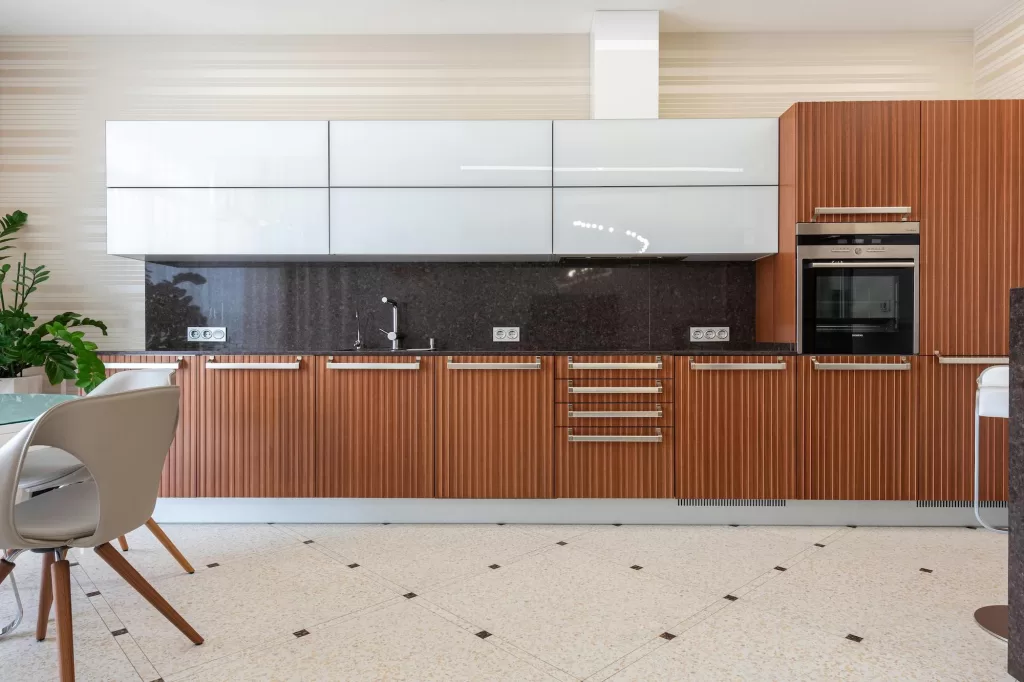
6. Choose Appliances Wisely
Appliances are essential to the functionality of your kitchen. When choosing, consider energy efficient options that can reduce your energy bills in the long run. Built in appliances like ovens, microwaves, and hobs create a streamlined look, while freestanding appliances offer flexibility and often cost less.
- Oven and Hob – Choose between electric, gas, or induction hobs. Induction is energy efficient and fast, while gas offers precise temperature control. Look for an oven with self-cleaning features for added convenience.
- Refrigerator – Decide on the size based on your family’s needs. Larger models are ideal for families, while integrated fridges create a seamless look.
- Dishwasher – A time saving appliance that’s available in full-size or slimline models to suit different spaces.
- Range Hood – Necessary for ventilation, range hoods come in various styles, from integrated to statement making designs.
7. Lighting for Function and Ambience
Good lighting is essential for both functionality and ambiance. Use a combination of task lighting, ambient lighting, and accent lighting to create a layered effect. Key areas for lighting include:
- Under Cabinet Lighting – Illuminates work areas, making it easier to see while preparing food.
- Pendant Lighting – Adds character above islands or breakfast bars.
- Recessed Lighting – Provides general illumination throughout the kitchen.
- Accent Lighting – Used inside glass cabinets or under the island for a decorative touch.
Warm lighting creates a cosy atmosphere, while cool lighting can make the kitchen feel modern and bright.
8. Storage Solutions
Efficient storage is key to a well organised kitchen. Consider adding:
- Pull Out Cabinets – Ideal for storing pots and pans, pull-out cabinets maximise space and make items easy to reach.
- Corner Units – Lasy Susans or pull out shelves in corner cabinets utilise often wasted space.
- Built In Pantry – Adds valuable storage for dry goods and snacks.
- Drawer Organisers – Keeps cutlery and utensils organised.
- Open Shelving – Provides display space for cookbooks, plants, or decorative items.
Think creatively about storage options to make the best use of your available space.
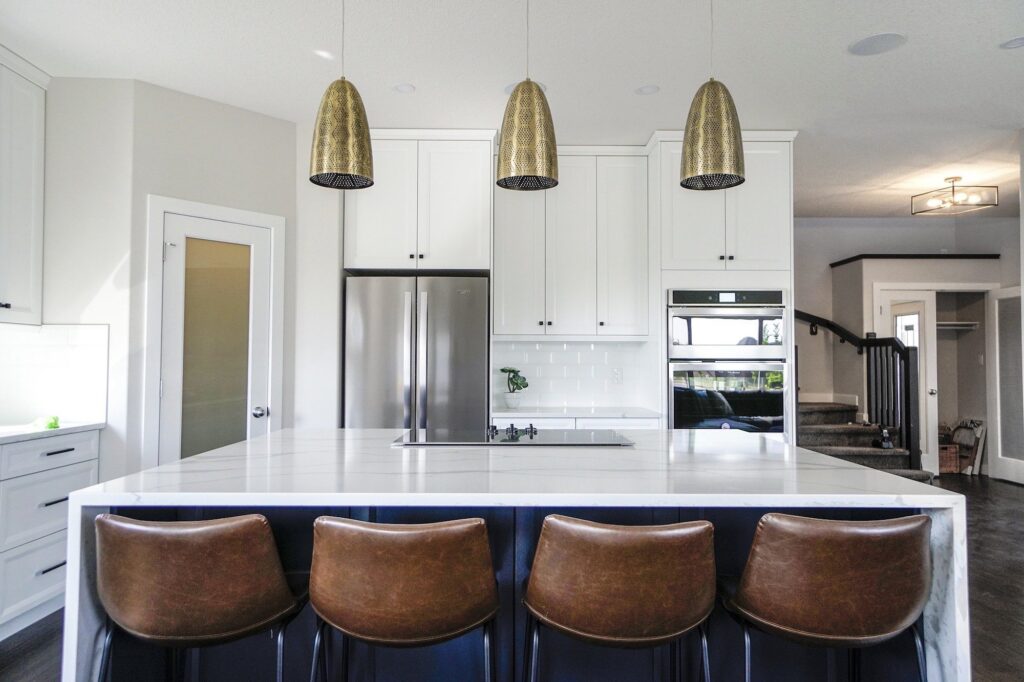
9. Flooring Options
The kitchen floor must be durable, easy to clean, and resistant to spills. Popular options include:
- Tiles – Ceramic or porcelain tiles are water-resistant, durable, and come in a variety of styles.
- Vinyl – Affordable and easy to install, vinyl flooring is water-resistant and available in a wide range of designs.
- Laminate – An affordable option that mimics the look of wood, though not as water-resistant as tiles or vinyl.
- Engineered Wood – Provides the warmth of real wood with better resistance to moisture than solid wood.
Consider slip resistance when choosing kitchen flooring, especially in homes with children or elderly residents.
10. Add Your Personal Style
Finally, make your kitchen uniquely yours. Add personal touches through decorative elements like artwork, rugs, or even a statement splashback. Choose finishes and accents that reflect your taste, whether that’s a rustic farmhouse look or sleek modern style.
Choosing a new kitchen involves careful planning and consideration. From setting a budget to selecting layouts, cabinets, worktops, and appliances, each decision shapes the final result.
By balancing practicality with aesthetics, you can create a kitchen that’s functional, stylish, and a joy to spend time in. Take the time to explore your options, and consider working with a kitchen designer if you need expert guidance. With thoughtful planning, your dream kitchen can become a reality.

